- info@conpromed.es
- Calle Isaac Peral nº 11, 3º, 02001 Albacete
- (+34) 967 595 300
Urban Waste continues to be one of the most serious environmental problems stemming from productive and consumption activities. This is primarily due to the ongoing increase in the quantity of waste generated each year.
Environmental policies prioritize the minimization and reduction of both the quantity and hazardous nature of waste over reutilization or recycling.
The emergence of materials resistant to natural degradation processes, leading to prolonged environmental presence, coupled with an increase in their hazardous characteristics, exacerbates the current waste situation. Additionally, several circumstances contribute to the complexity of the waste issue, including:

Urban Waste (RSU), mainly refers to the waste generated daily in our homes, and it’s an area where we can take action and improve its situation. They constitute between 5% and 7% of the total waste, but they create serious problems as they are produced and accumulated in concentrated areas such as cities. Although the term “waste” includes both solid waste and liquid effluents and gas emissions, when we refer to Urban Waste, we only consider those waste materials in solid-state.
According to Law 10/1998 and the Urban Waste Management Plan of Castilla-La Mancha: “… RU means waste generated in private homes, businesses, offices and services, as well as all those that do not have the classification as dangerous and that due to their nature or composition can be assimilated to those produced in the previous places or activities.
The following will also be considered urban waste: waste from cleaning public roads, green areas and recreational areas. dead domestic animals, furniture, belongings, abandoned vehicles, waste and debris from minor construction and home repair works.
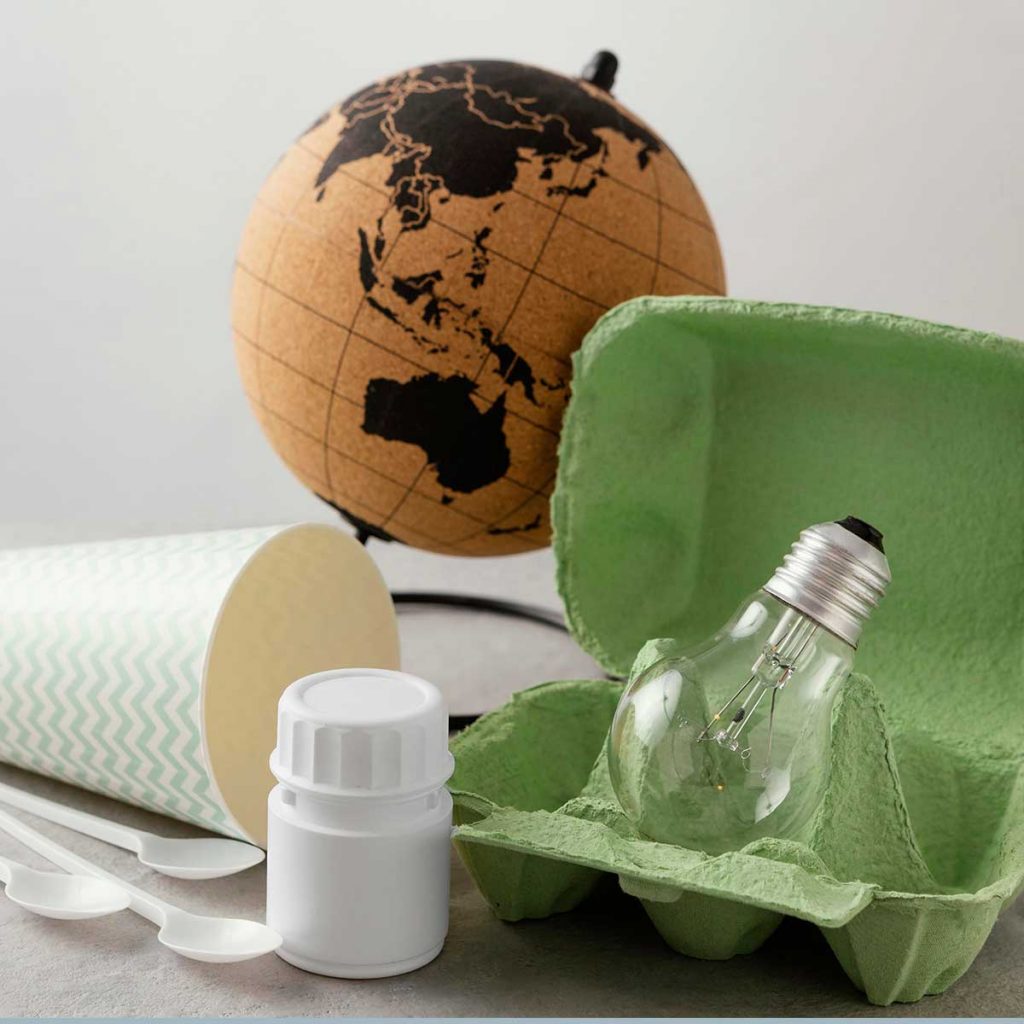
The management of RU consists of a series of operations aimed at their valorization and proper disposal.
Management is divided into different stages:
The waste generated is separated and deposited in the different containers located on public roads, which facilitates the recycling process.
Transport of waste from the different containers using vehicles equipped with various compaction and unloading systems. suitable for transport to the management or treatment center.
The treatment of RU consists of recovery and/or transformation of recoverable materials to take advantage of the present resources. Some utilization techniques are reuse, recycling, composting and energy recovery (incineration).
Last step in waste management since we store in landfills everything that we have not been able to recover, thereby burying raw materials, resources and energy that will no longer be able to be used again.
For a more adequate treatment of waste, it is divided into different fractions collected separately:
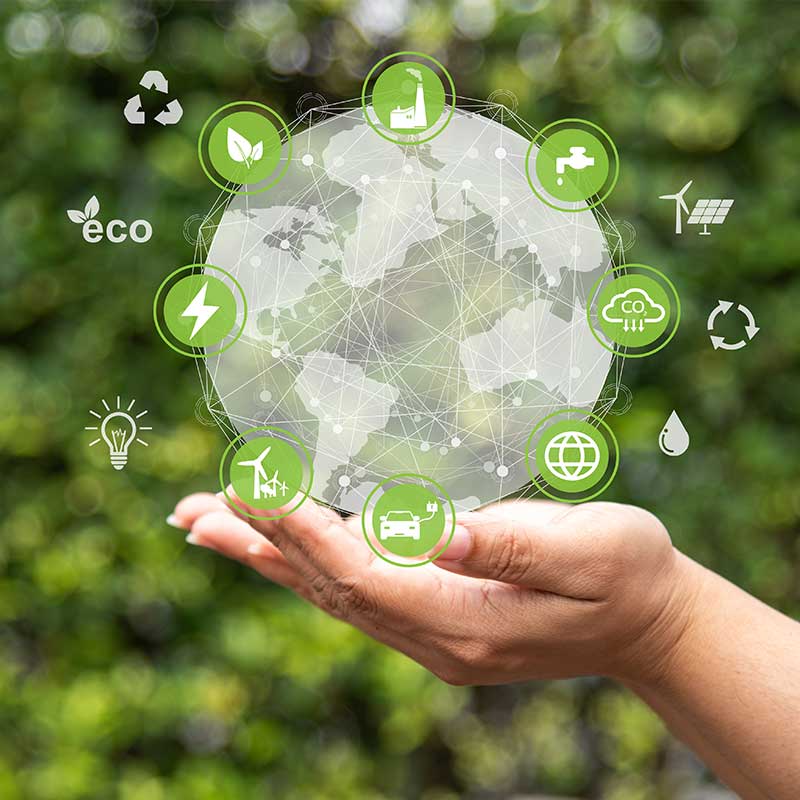
The organic fraction (FORS) is the new waste fraction in municipal selective collection. This fraction consists of the separation of the rest fraction of those wastes that are organic, essentially food remains, small pruning remains and compounds of natural fibers.
It is also known as biowaste, and is that which is biodegradable by aerobic microorganisms that live in the soil environment (in the soil), fixing carbon in the soil, making it bioavailable for plants, thus completing the degradation cycle of organic matter. (carbon cycle).
The way to prevent this waste from going to landfill is to separate the organic fraction and the rest fraction.
The organic matter of municipal solid waste is the fraction that comes mainly from food remains, food, garden waste, etc., whose origin is living beings.
It constitutes the most abundant fraction of the garbage bag and if it is not managed properly, in addition to taking up significant space in landfills, it causes odor problems and raises the temperature of the mass of waste, which can cause spontaneous combustion (self-combustion). .
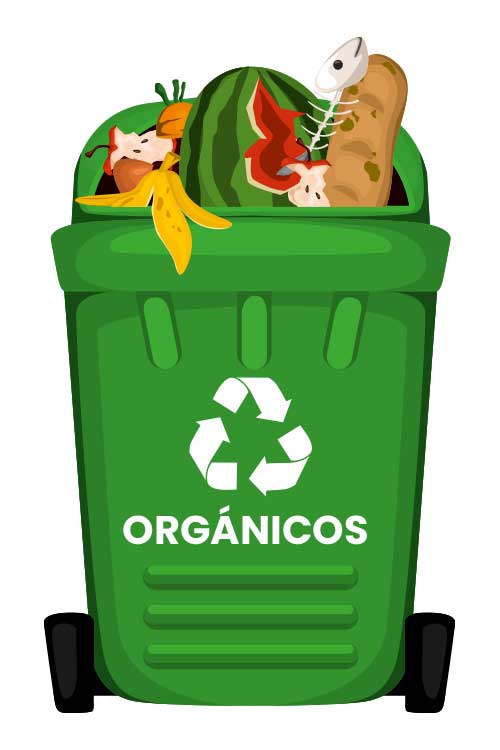
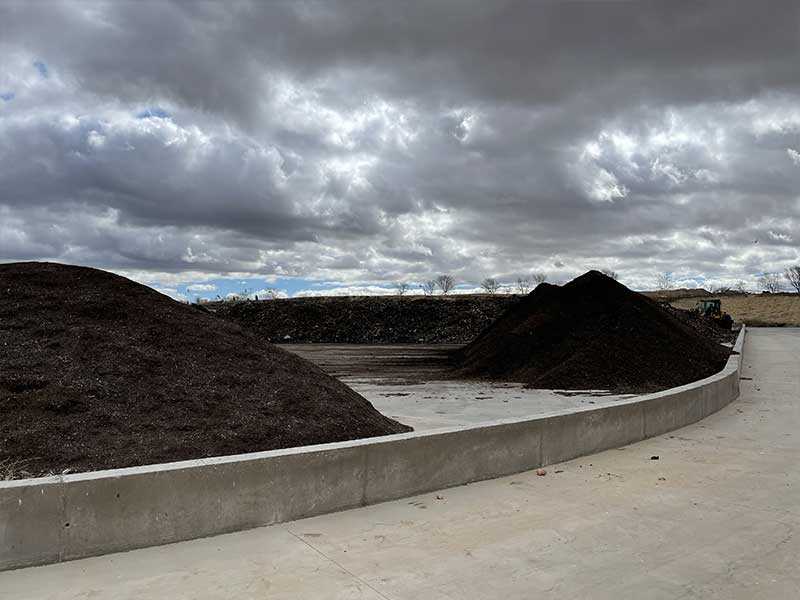
The most appropriate treatment for this fraction is its transformation into compost, which is used as fertilizer and organic amendment, providing great benefits to the soil (nutrients, humidity), preventing erosion, etc.
Another form of valorization of organic matter is biometization, which consists of fermenting it under anaerobic conditions and using methane, also called biogas, which is released to obtain heat or electrical energy.
The remainder fraction is the fraction of domestic waste that is obtained once separate collections have been carried out (in some areas it is also called rejection, or erroneously, organic). It may still contain recoverable materials in different quantities depending on the levels of separate collection achieved for the other fractions.
The materials that this fraction should contain are, among others:

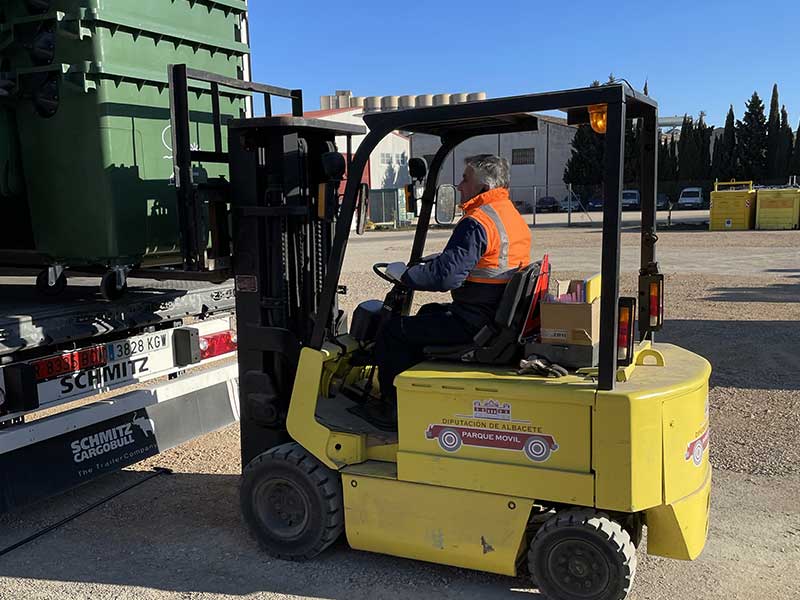
It is usually the fraction that requires a greater frequency of collection, especially if the levels of separate collection are not very high (it may also contain significant proportions of organic matter).
This fraction is destined for waste treatment facilities, with mechanical-biological treatment processes, incineration or energy recovery facilities, or is deposited in landfills.
The yellow containers are intended for citizens to deposit containers and products made with plastics such as water or soft drink bottles, bags, food containers and cans, among others.
Toys, aerosols, appliances, baby bottles, CDs, shoes, rubber gloves, batteries, plastic buckets, etc. should not be deposited.
Once the container has been collected with the corresponding truck, it unloads the waste at the Albacete Urban Waste Treatment Center, where the recovery of the different materials takes place for specific recycling and thus generating new raw materials.
The recovered materials are sent to the different recyclers, in charge of transforming them again into new materials.
Raising public awareness of the importance of recycling plastics is essential due to the problems generated by its manufacturing, disposal and recycling.
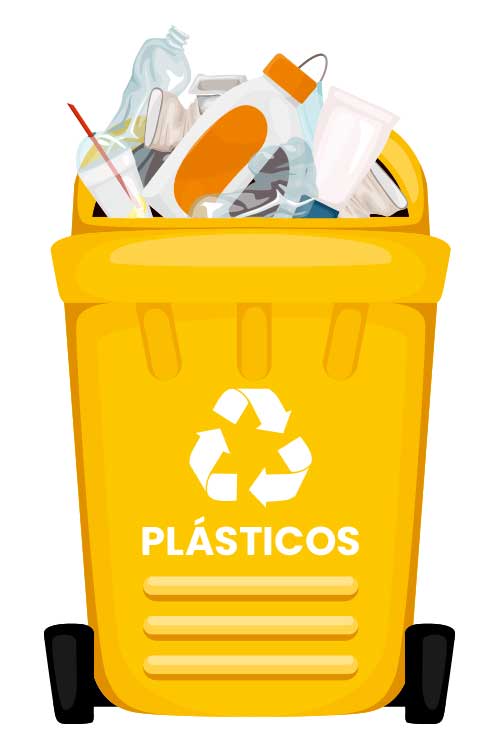


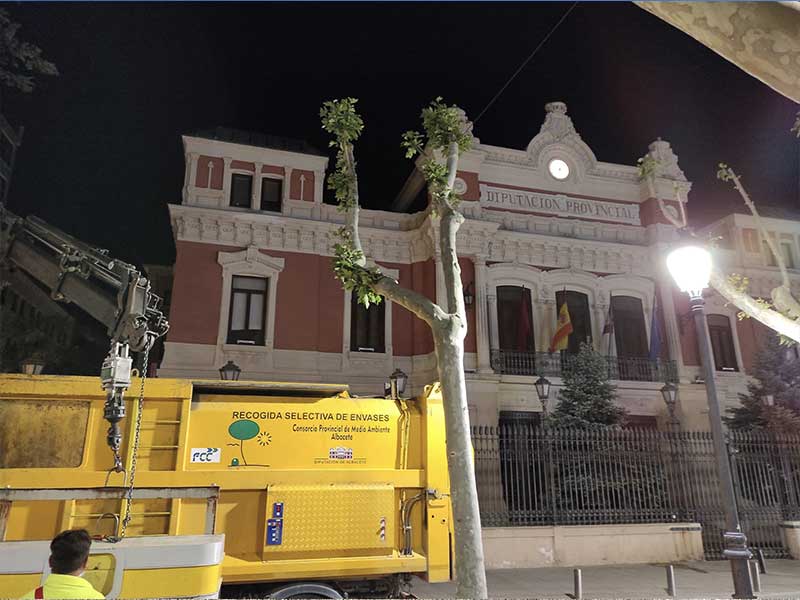
Most of them come from single-use containers and all types of wrappers and packaging (PVC or PET bottles, polyethylene bags, white cork trays and protective boxes, etc.).
Plastics come from limited non-renewable resources: fossil fuels such as coal, natural gas and especially oil, of which 4% is used for the production of plastics. The raw material for the manufacture of plastics is petroleum, adding other raw materials that give them special properties: pigments, stabilizers, antistatics, flame retardants, lubricants and plasticizers.
If plastic waste is used as fuel, due to its high calorific value, significant environmental impacts can be caused if the energy recovery through incineration is carried out without adequate filtering, gas neutralization and strict control of processes and emissions systems. .
For example, the incineration of one of the most used plastics, PVC, can give rise to toxic substances such as dioxins.
Reduction at source should be the first step in prevention, which implies less use of resources of limited origin to satisfy the same needs.
Although in recent years the weight of some plastic packaging has been reduced (supermarket bags, drink bottles, yogurt cups, etc.), the effort has not been directed towards greater standardization of packaging, nor towards a simplification of the polymers that compose them, since the mixture of these in the same container makes management operations (classification, selection, treatment) difficult.
Reuse is more evident in the domestic sector, as is the case with supermarket bags and their use as garbage bags or with refillable containers that can have several use cycles.
Regarding recycling, the separation of plastics is important to achieve the best use of the materials contained in the waste.
The generalization of selective collection of packaging waste has increased the number of recyclers. Currently the plastic that is recycled the most is high and low density polyethylene.
There are limiting factors of plastic recycling such as:
Paper is extracted from the wood of trees and the cellulose fibers of other plant species or from recovered paper and cardboard. The manufacture of paper requires a large amount of water and electrical energy, in addition to the use of chemicals to break down the intercellular structure of the wood and bleach the pulp (chlorine).
Although this waste is easy to recycle, and in fact is largely recycled, the growing demand for paper and cardboard forces more and more cellulose pulp to be manufactured, which causes the felling of millions of trees, the planting of growing species fast like eucalyptus or pine, to the detriment of native forests, and the high pollution associated with the paper industry.
In our society, the largest amount of paper/cardboard consumed comes from containers and packaging, because it is a light and easy-to-handle material.
The reuse and recycling of waste paper and cardboard helps reduce the amount of waste that is deposited in landfills, avoids the exploitation of more raw materials than are strictly necessary, reduces the energy required for its transformation and reduces gas emissions.


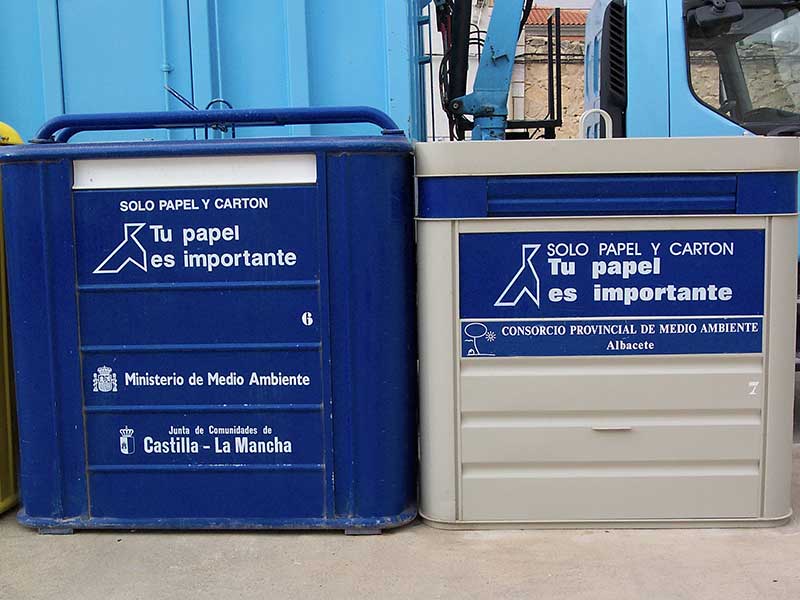
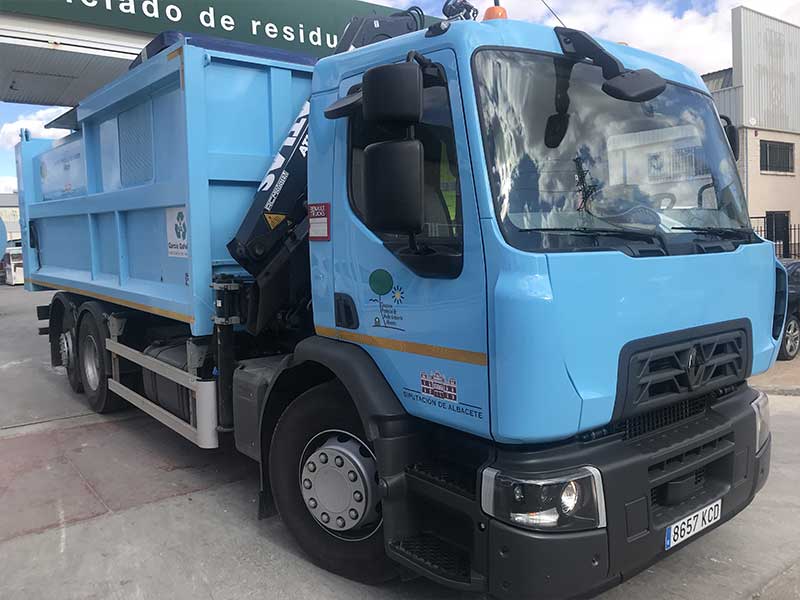
Once the citizen deposits the paper and cardboard from packaging, newspapers, magazines, wrapping paper or advertising brochures, among others, in the blue container, they are collected and transferred to a plant where they are selected and undergo different phases. :
To recycle paper and cardboard, it is recommended to properly fold the boxes and containers and place them in the blue container.
There is special household waste that, due to its characteristics, x-rays, paint cans, appliances, discarded furniture, used household oils… must be deposited separately from the rest of the waste generated at home.
To achieve this, the Provincial Environmental Consortium of Albacete has mobile clean points with the different services that enable optimal recycling, recovery and disposal.
This is a free service for citizens and is provided through a special vehicle that transports different types of containers to collect different waste.
Thus, citizens have greater availability, since these mobile clean points are intended for those smaller municipalities that do not have a fixed clean point.
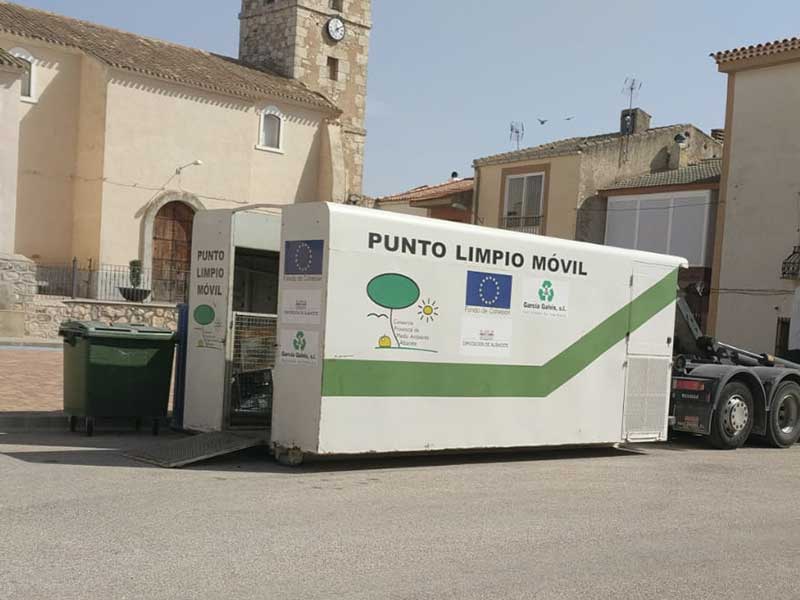
The used vegetable oils used daily, olive, sunflower and seed, are produced in home kitchens.
It is estimated that each citizen produces an average of 4 liters per year, which means that in a city like Albacete almost 700,000 liters of used vegetable oils can be generated annually.
This waste must be managed correctly. It cannot be poured into the sink or toilet, since one liter of oil contaminates 1,000 liters of water; Nor should it be deposited in organic or other waste containers other than those specific to used domestic vegetable oils.
When used vegetable oil is separated in homes, it contributes to generating important environmental benefits, since this oil can be easily recycled:
The Albacete Provincial Environment Consortium manages the selective collection service of vegetable oils from culinary activities in private homes.

Used batteries, batteries or accumulators must always be placed in their corresponding containers. They have mercury, zinc, chromium, arsenic, lead, cadmium and other toxic chemicals that put the environment at risk.
Paradoxically, the smaller their size, the more polluting they are, as is the case with button batteries. And the batteries, when subjected to weather conditions such as rain or heat, release elements that cause them to enter the water cycle. This water reaches the rivers and seas and, with it, the fauna and people, causing important diseases. Did you know that a mercury battery can contaminate 600,000 liters of water?
The Albacete Provincial Environment Consortium has provided all the consortium municipalities with specific containers for the collection of used batteries. With the aim that all citizens can recycle them.
Once users deposit them in the corresponding container, the cells, batteries or accumulators are collected, classified and taken according to their characteristics to their respective recycling plants, where the mercury is separated from the rest of the metals and materials so that they can be be recovered. In this way, waste is recycled that, if not treated, would cause serious damage to both the environment and people.
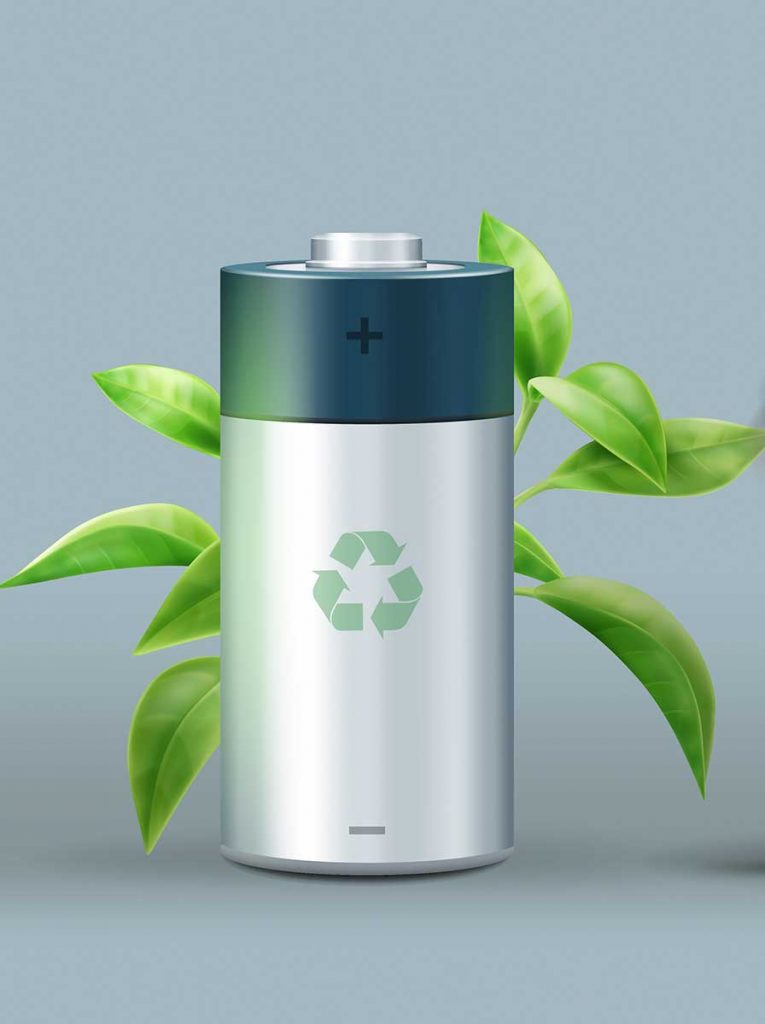
“If I recycle and you recycle, they will recycle.”

The Provincial Consortium for the Environment of Albacete informs you that your data will be processed by the association as the data controller for the purpose of addressing your inquiries. The legitimacy of this processing is based on your consent. You can exercise your rights of access, rectification, erasure, objection, restriction, and portability by contacting us at gdpr@conpromed.es. You can also consult the Privacy Policy for information about the processing of personal data.